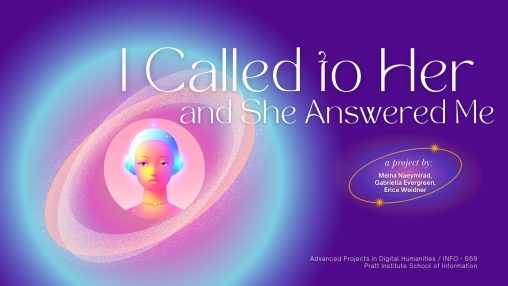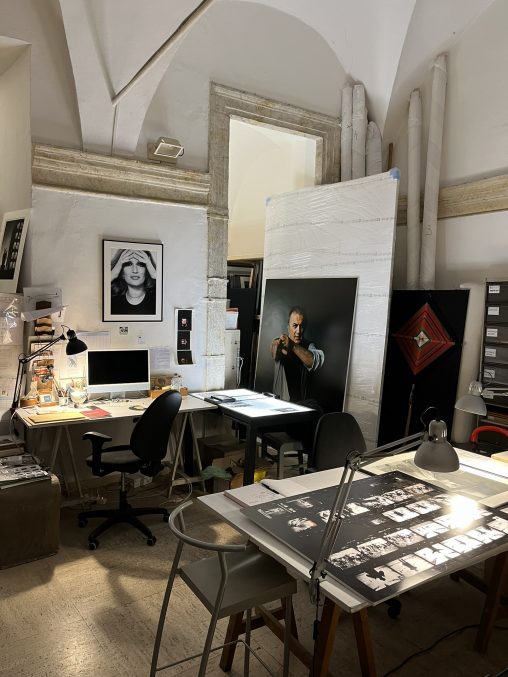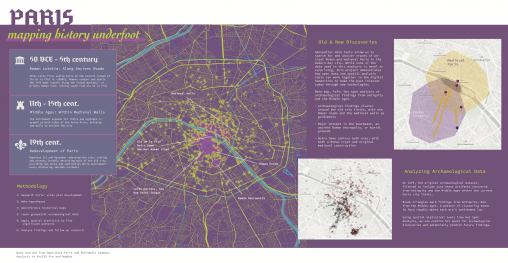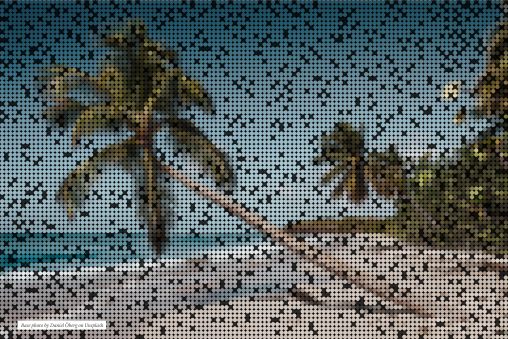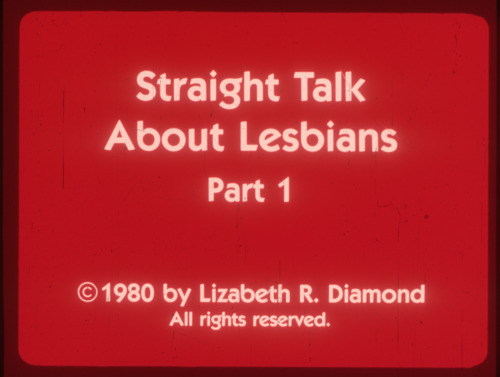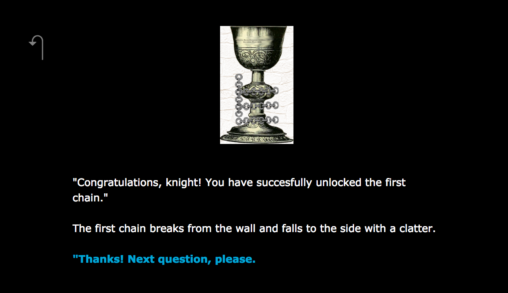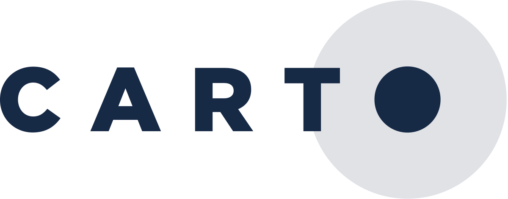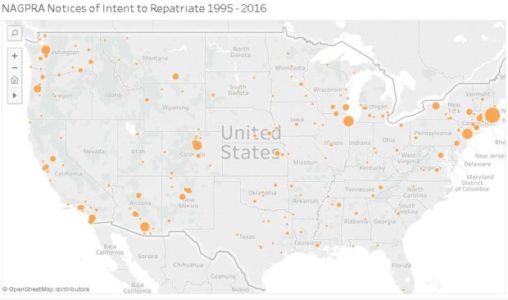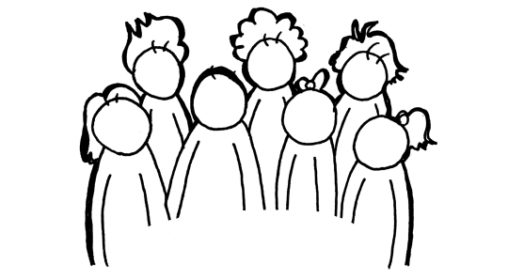Tag: digital humanitiesPage 1 of 3
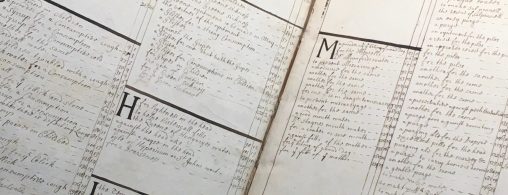
Using Interactive Maps to Visualize the Relationship between Food and Empire in the Early Modern Era
This engaging digital exhibit combines custom interactive maps with 17th-century cookbooks to communicate the concrete relationship between food and empire that fueled the rapid expansion of global trade, expansion, exploration, and extraction in the early modern era.
Mock grant proposal to support the improvement of the British Museum’s existing provenance linked data for its collection of 100,000+ Egyptian-made cultural artifacts. The expansion of the British Museum’s provenance linked data will allow the museum’s collection to be more fully represented in linked data visualizations, while making visualizations of the artifacts themselves more comprehensive, improving scholars’ capacity to research the histories of these artifacts and those of the cultures that produced them.
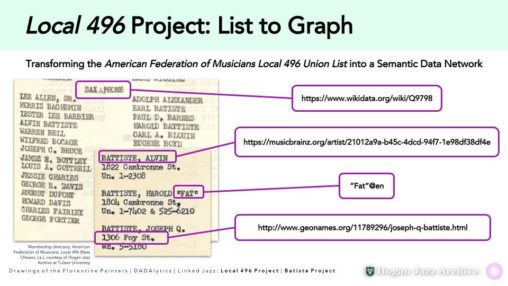
The Local 496 Project transforms the American Federation of Music’s Local 496 union list into a semantic data network. This document is a 1940’s directory of the segregated African-American chapter of New Orleans jazz musicians. This project will highlight the Batiste family network, many of whom are listed in the directory.
Information gathered from Lincoln Center’s Facebook Insights was used to identify their most successful posts. A strategy was then established to further boost popular content and promote visitor engagement.
To celebrate the 200th Anniversary of Mary Shelley’s Frankenstein, this digital humanities project maps the letters in both Frankenstein and Dracula providing a representation of Gothic literature during the 19th Century.
This project originated as a paper reporting on the experiences of archival producers in the field of historical documentary production. Based on those conversations, I created a visualization of data comparing gender and production credits across American Experience documentaries from 2015 to 2017.
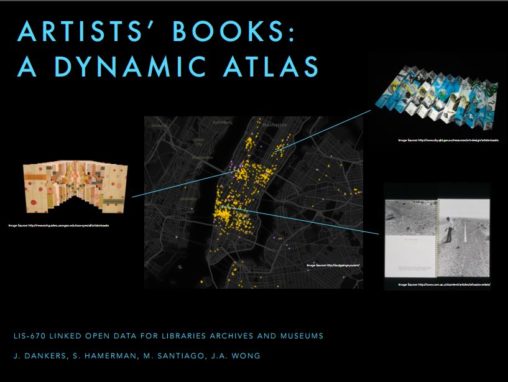
The project is a mock IMLS Grant Proposal for “Artists’ Books: A Dynamic Atlas.” This pilot project will use linked open data to create a dynamic mapping interface that indicates the home libraries of artists’ books located within New York. Led by the MoMA Library in partnership with the Frick Collection, Brooklyn Museum, Whitney Museum, and Metropolitan Museum, the dynamic atlas will deepen engagement with these unique collections; allow users to visualize connections between artists, books, and institutions; and make project data available for use on the open web.
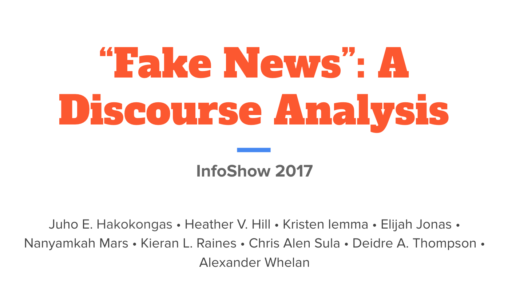
This project analyzes the circulation of the term “fake news” as a rhetorical device, used to make political assertions about the truth of various stories and sources. These sources range from longstanding and popular news outlets to more recent news websites and social media. Across these sources, we examine the use and users of the term “fake news”, its frequency of use, and the sources and topics that are described as “fake news”.
By using web-scraping tools, I obtained data from fan-curated wikia pages concerning several comic book publishers. By assessing this data at several different points from 1995-2015, I sought to see if the proportion of women writers and artists in the comic book industry was increasing, if women artists and writers tend to more often work on female-fronted titles, and if that changes based on if the title is creator-owned or work-for-hire.
